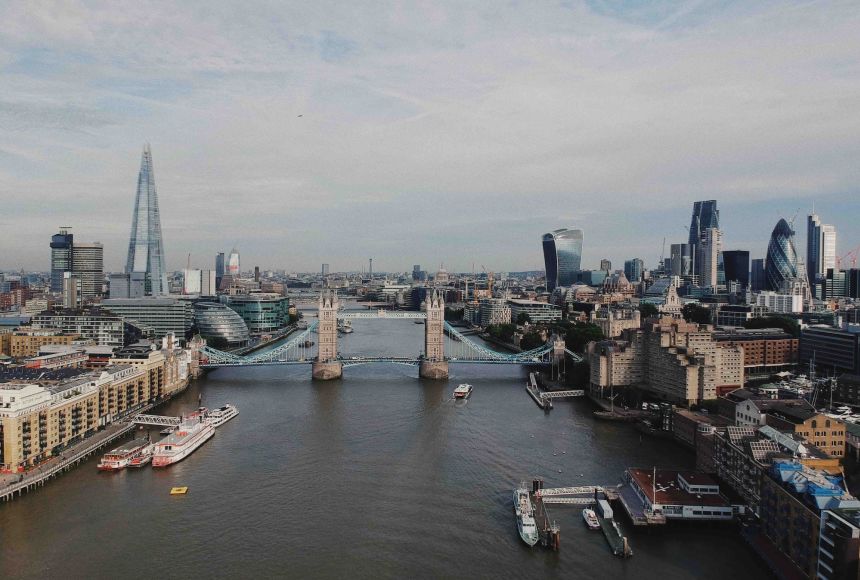ENCYCLOPEDIC ENTRY
ENCYCLOPEDIC ENTRY
Sustainable Development Goal 11: Sustainable Cities and Communities
Sustainable Development Goal 11: Sustainable Cities and Communities
Sustainable Development Goal 11, one of 17 goals that make up the United Nation’s 2030 Agenda for Sustainable Development, provides targets and guidance for urban planning to support cities with growing populations.
Grades
5 - 8
Subjects
Anthropology, Sociology, Biology, Health, Conservation, Social Studies, Civics
Image
The Tower Bridge
The tower bridge is a symbol of the city to many locals and foreigners alike. The tower bridge was built in 1886 and crosses over the River Thames.
Photograph by Robert Bye

Media Credits
The audio, illustrations, photos, and videos are credited beneath the media asset, except for promotional images, which generally link to another page that contains the media credit. The Rights Holder for media is the person or group credited.
Director
Author
Production Manager
Program Specialists
Specialist, Content Production
Producer
other
Last Updated
November 18, 2024
For information on user permissions, please read our Terms of Service. If you have questions about how to cite anything on our website in your project or classroom presentation, please contact your teacher. They will best know the preferred format. When you reach out to them, you will need the page title, URL, and the date you accessed the resource.
Media
If a media asset is downloadable, a download button appears in the corner of the media viewer. If no button appears, you cannot download or save the media.
Text
Text on this page is printable and can be used according to our Terms of Service.
Interactives
Any interactives on this page can only be played while you are visiting our website. You cannot download interactives.